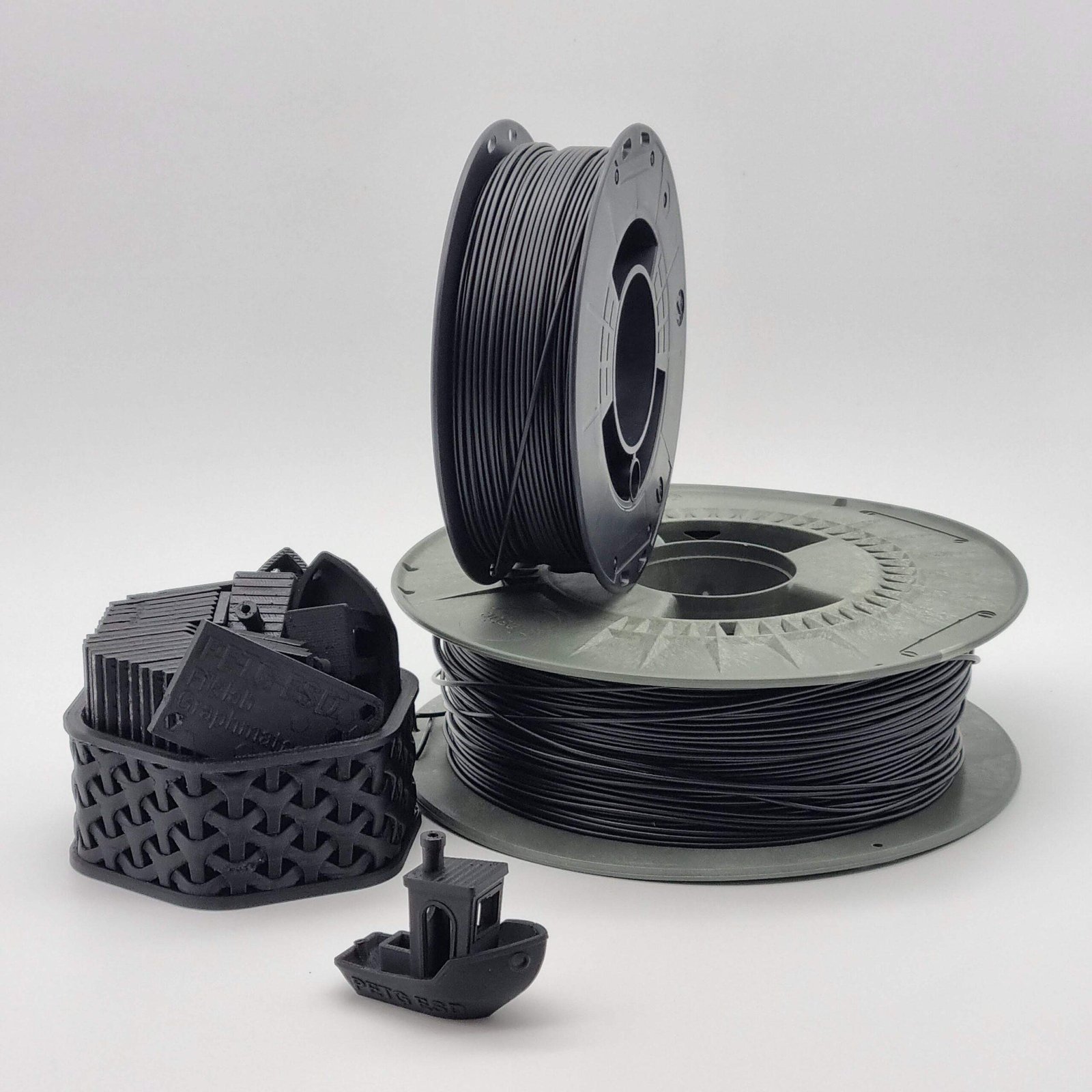Achieving crystal-clear, large transparent PCTG panels is one of the ultimate goals for makers and professionals working with advanced 3D printing materials. However, one of the most persistent challenges is printing without visible layer lines, which can ruin both aesthetics and functional transparency. If you’re aiming for display-quality panels or optical parts, eliminating those telltale lines is key. This guide will walk you through everything you need to know—from prepping your printer and slicer, to hands-on printing and post-processing techniques—to help you print large transparent PCTG panels that look as good as glass.
Understanding PCTG and Its Unique Challenges
PCTG (PolyCyclohexylenedimethylene Terephthalate Glycol-Modified) is rapidly becoming a favorite among 3D printing enthusiasts who need impact-resistant, food-safe, and optically clear parts. Compared to PETG, PCTG offers better clarity, flexibility, and chemical resistance, making it ideal for transparent panels, covers, and enclosures. However, printing large transparent PCTG panels without visible layer lines can be tricky due to its tendency to show imperfections and its sensitivity to print settings.
Preparing Your 3D Printer for Large Transparent Panels
Start by assessing your printer’s hardware. For large transparent panels, a printer with a spacious build area and a fully enclosed chamber is highly recommended. The enclosure helps maintain stable temperatures and prevents drafts, both of which are crucial for minimizing warping and achieving smooth layers. A direct drive extruder offers better filament control, especially important for large, consistent panels. Don’t forget to check your nozzle—use a high-quality, clean brass or hardened steel nozzle (0.4 mm or 0.6 mm), as PCTG can be slightly abrasive.
Proper bed leveling is essential. Even slight unevenness can introduce inconsistencies and visible lines in your prints. Take time to level your bed before each print and consider upgrading to an automatic bed leveling system for larger projects.
Optimal Slicer Settings for Maximum Transparency
Layer height and extrusion width play a major role in how your print will look. Use thicker layers (0.2 mm or above) and wider extrusion widths to improve optical clarity, as fewer layer transitions mean fewer opportunities for visible lines. Slow down your print speed—printing at 30–40 mm/s helps ensure each layer fuses well with the previous one. Raise your nozzle temperature slightly within the recommended range for PCTG (usually 240°C–260°C) to promote layer adhesion and clarity.
Reduce cooling to a minimum, especially for larger panels. Too much cooling can cause layers to contract and create micro-gaps, which scatter light and make lines visible. Use 0%–20% cooling and experiment based on your printer’s environment.
For slicer specifics, reduce the number of perimeters and infill if possible—printing single-walled panels in “vase mode” can give the cleanest results for displays or covers.
Material Preparation and Handling
Transparent prints demand extra attention to filament quality. PCTG is hygroscopic, meaning it absorbs moisture from the air, which can lead to bubbles, haze, and layer inconsistencies. Always dry your PCTG filament before use—4–6 hours at 60°C in a filament dryer or oven is ideal. Store filament in airtight containers with desiccant to prevent reabsorption.
Wipe down filament with a lint-free cloth before loading it into your printer. Even a small amount of dust or debris can compromise clarity.
Printing Techniques to Minimize Layer Lines
Your part orientation can influence how light passes through and interacts with layer transitions. If possible, orient panels so the largest, flattest surfaces are printed parallel to the build plate. This minimizes the number of visible layers and makes post-processing easier.
Print as slowly as patience allows, and keep your print temperature toward the higher end of the recommended range. Both strategies encourage strong layer bonding, which reduces the appearance of lines and makes for a clearer finished part. Using spiralize or vase mode for single-walled prints can also make a dramatic difference in transparency.
Post-Processing Methods for a Flawless Finish
Once your print is complete, post-processing can transform a good transparent panel into a flawless one. Start with wet sanding, beginning with 600-grit sandpaper and working up to 2000-grit or higher. Always sand in a single direction to avoid scratches.
After sanding, polish the surface using a plastic polishing compound or even toothpaste for smaller areas. If the part tolerates it, a quick pass with a heat gun or a chemical polish (such as isopropyl alcohol vapor for some materials) can further smooth and clarify the surface. Test any chemical post-processing on scrap pieces first, as not all techniques work equally with PCTG.
For display-quality panels, consider applying a clear acrylic spray to fill microscopic grooves and give a glass-like shine.
Common Mistakes and How to Avoid Them
Avoid printing too hot, as excessive temperatures can cause yellowing or deformation. Likewise, under-extrusion will leave gaps and compromise clarity, while excessive retraction settings can create seams and visible marks. Always test your settings on smaller prints before tackling a large panel.
Frequently Asked Questions (FAQ)
Can you print large transparent parts with any 3D printer?
Not all printers are suitable—an enclosed, stable machine with good temperature control is best for large, clear prints.
How strong are large PCTG panels?
PCTG panels are impact-resistant and flexible, but strength also depends on print orientation and infill settings.
What slicers work best for this application?
PrusaSlicer, Cura, and Simplify3D all offer fine-tuned control for clarity-focused prints.
Conclusion
Printing large transparent PCTG panels without visible layer lines is a blend of science, art, and patience. With careful preparation, the right hardware, dialed-in slicer settings, meticulous material handling, and thoughtful post-processing, you can achieve professional-grade, optically clear results. Embrace experimentation and remember that every adjustment brings you closer to flawless panels—your next project could be your clearest yet. For more expert tips and premium filament options, explore filalab.shop and take your transparent prints to the next level.
Ask ChatGPT

